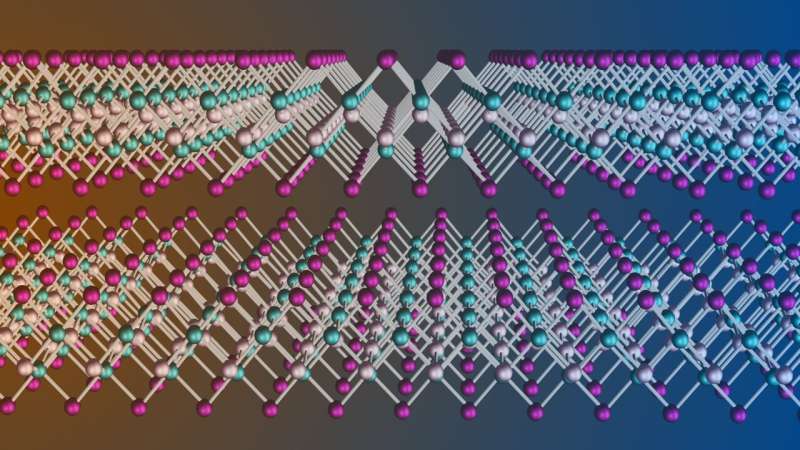
Thermoelectric systems are a green and sustainable way to harvest energy from any form of heat that otherwise would be wasted. At the core of this energy conversion process is the so-called Seebeck effect, which describes the voltage building up on a material exposed to a temperature difference.
However, despite more than 100 years of intense research, thermoelectric efficiencies are still lower than that of conventional heat engines, making thermoelectrics only suitable for niche applications.
That is why one of the main endeavors of scientists today is to find new strategies to improve this efficiency. Our latest article “Impact of spin-entropy on the thermoelectric properties of a 2D magnet,” published in Nano Letters, demonstrates that a solution could lie in circuits based on two-dimensional (2D) magnetic layers.
Tuning the entropy in magnets
Thermoelectric properties are significantly influenced by entropy, which quantifies the disorder in a system. Therefore, all mechanisms that increase such parameters can improve the conversion efficiency of the energy harvesting device.
In 2D magnetic materials, two additional factors can alter the entropy: The magnetic order, generating a “spin-entropy” contribution, and the number of layers a charge carrier can access in a 2D layered material, which produces an additional “layer entropy.”
In our article, the electrical and thermoelectric transport properties of the 2D antiferromagnet CrSBr are measured, while simultaneously changing the magnetic order of the material by varying the sample temperature or by applying an external magnetic field. The study reports that the thermoelectric response increases with temperature as electrons and spins mobilize, reaching a local maximum around the magnetic phase transition Néel temperature.
Additionally, it is shown that a magnetic field can enhance the thermoelectric power factor by up to 600% at low temperatures. These phenomena are explained by the interplay of the different entropy contributions in the material and highlight the strong impact magnetic order has on the thermoelectric response of 2D magnets.
Toward innovative energy harvesters
The results we report demonstrate how the use of magnets could overcome the limits of conventional energy harvesting devices, as their thermoelectric properties can be optimized by altering the magnetic phase and therefore tuning the impact of the spin-entropy.
Moreover, the use of 2D materials unlocks additional degrees of freedom, as the possibility to tune the transition temperature by means of multiple factors—i.e., film thickness, composition, electrostatic gating—which could allow to maximize their thermoelectric performances at room temperature. All these findings represent the first building block of a new way to design more efficient energy harvesters.
This story is part of Science X Dialog, where researchers can report findings from their published research articles. Visit this page for information about Science X Dialog and how to participate.

